The US Department of Agriculture (USDA) is a huge executive division within the US government. It is subdivided into 15 agencies with oversight by 15 administrative offices. The USDA employs nearly 100,000 people, working at more than 4,500 locations nationwide and abroad. For 2024, the USDA was given an operating budget of $24.46 billion, an increase of 11.5% over the previous year. The bureaucratic behemoth has oversight regarding food, agriculture, natural resources, rural development, nutrition, and issues related to public policy.
One agency is the Agricultural Marketing Service (AMS). The AMS creates and administers domestic and international marketing opportunities for producers of “food, fiber, and specialty crops.” This includes commodity procurement and contract management for cotton, tobacco, livestock, poultry, specialty crops, and all types of food labeled organic.
As it turns out, the National Organic Program (NOP) is the federal regulatory program within the AMS that develops then enforces national standards for organically produced agricultural products sold within the United States. Run by only 34 employees and the Office of the Deputy Administrator, the NOP was allocated $24 million within the 2024 operating budget to oversee and regulate all elements of the organic food industry. For comparison, the budget for the Packers and Stockyards program, which regulates and monitors the activities of livestock, meat, and poultry, was allocated $35 million.
NOP oversees the work of 84 certifiers who perform audits, write audit report reviews, send out notices of noncompliance, issue corrective action reviews, and respond to consumers and producers seeking information and assistance regarding all food categories of organic food and labeling, including meat. The expanded availability of organic products in retail stores, supermarkets, and online platforms has made it easier for consumers to access organic meat and has contributed to its market's growth. In 2021, just over 16,000 certified organic farms were in operation in the US, with California having the most certified farms by far (3,061) while nearly 7,000 farms were certified as organic pastureland and rangeland.
Want to become an organic farmer? There’s a lot to know…
The organic food market's overall growth has impacted the organic meat sector in many positive ways. As consumers become more aware and critical of the quality of food they eat and prepare for their families, their concerns are driving the availability of organic products in retail stores, supermarkets, and online platforms, including the search for organic meat.
The size of the Global Organic Meat Market was valued at USD $18.78 Billion in 2022 and is poised to grow to USD $37.39 Billion by 2031. The concern for animal welfare is a significant driver for the organic markets. North America is expected to lead the global demand for organic meat. This is, at least in part, due to NOP and USDA programs that support the production of organic meat and meat-related goods.
There is also a growing emphasis on regenerative organic practices for the organic meat industry. Organic meat production typically adheres to stricter animal welfare standards than conventional meat production.
Regenerative farming has been used since the late 1970s, but the terms Regenerative Agriculture and Regenerative Farming came into wider circulation in the early 1980s and is becoming a very popular buzzword now. The technology focuses on restoring soil health via holistic land management, rotational grazing, and enhancing crop biodiversity. While organic farms also prioritize soil health, regenerative practices often go beyond organic standards.
Under NOP regulations, each certified organic farm must have an organic systems plan (OSP), a detailed outline that explains how the farm operations will satisfy the requirements of the NOP regulations. Just understanding all the rules used to monitor and market the organic food market is onerous. This includes (in part) keeping track of updates to each of these regulations:
USDA organic regulations (100s of pages long)
Organic Foods Production Act of 1990 (100s of pages long)
Organic enforcement rules
Organic certification processes
Organic livestock and poultry standards
Organic labeling rules
....and more.
What does “organic” really mean?
Organic is a labeling term that indicates that the food or other agricultural products have been produced through approved methods. These methods integrate cultural, biological, and mechanical practices that foster the recycling of resources, promote ecological balance, and conserve biodiversity. Synthetic fertilizers, sewage sludge, irradiation, and genetic engineering may not be used.
The Organic Standards can be found here.
The Label Quiz
Many consumers want to eat as “clean” as possible, meaning they want real food that is not contaminated with chemicals, antibiotics, pesticides, GMOs, and toxic vaccines.
Livestock and poultry farmers have caught on to this. Many farmers believe in the organic certification concept but are unwilling to go through the long, and often very expensive, certification program process. After the certification, farmers have to pay an annual, often pricey, fee to maintain the certification.
When consumers see the word "organic" on a package or a label, they have expectations about the product they are purchasing. USDA-certified organic foods must be grown and processed according to federal guidelines that take into consideration soil quality, animal raising practices, pest and weed control, and the use of antibiotics and hormones.
USDA organic regulations prohibit using GMO ingredients, listing them as “excluded methods.”Foods labeled organic are also not allowed to contain bioengineered ingredients (BE), which means ingredients made using recombinant DNA technology such as gene deletion, gene doubling, introducing a foreign gene, and changing the positions of genes. (NOTE: These ingredients are in foods that are NOT labeled as organic!)
Organic products are labeled according to the percentage of organic ingredients they contain. There are four distinct labeling categories for organic products:
100 Percent Organic - Products with this label contain only certified organic ingredients, including any processing aids.
Organic – For products in the "organic" category, at least 95% of the ingredients must be certified organic. The remaining five percent of ingredients must be organically produced, unless commercially unavailable or allowed on the National List.
Made With Organic ***– For multi-ingredient agricultural products, the “Made with organic ***” label means the product must contain at least 70 percent certified organic ingredients. These products may contain up to 30% of allowed non-organic ingredients. All ingredients – including the 30% non-organic ingredients – must be produced without GMOs.
If a product states, “Made with organic grains,” all ingredients derived from grains— including enriched wheat flour, corn oil, or oats—must be certified organic. If a product contains both organic and non-organic forms of the same ingredient, they must be identified separately in the ingredient statement.
Specific Organic Ingredients – This label is a mixture of non-organic and certified organic ingredients. The ingredient statement of the products identifies that the product contains less than 70% organic content.
Chart Source: Cetrafoods.com
These labeling differences help educated consumers to distinguish between products that are either labeled as "made with organic ingredients” or products that are made with a mix of ingredients.
The USDA and NOP organic regulations prohibit organically labeled food from being contaminated with residues from pesticides, antibiotics, hormones, and genetically modified (GMO) or bioengineered (BE) ingredients. Products undergo required residue testing. If foods are found to be even minimally contaminated (there is no minimum level that is tolerated), penalties and warning letters are issued. (In other words, organic food appears to have a zero tolerance level for these residues. That’s good!)
Other Designations and Labels for Meat
Chicken
To be designated as organic, the birds must be raised organically, starting no later than two days after they hatch. The USDA requires the chicken's feed to be grown without pesticides or synthetic fertilizers and certified.
Being free-range is not the same as being organic. Free-range and cage-free refers to where/how the chickens lived, not what they were fed, and gives no indication about the quality of the air or hygiene levels where they lived. According to the New Roots Institute,
“Outside space provided to free-range chickens is loosely defined and often just a formality: it’s likely too small, barren, and otherwise inadequate for the thousands of chickens being raised in a farm for slaughter.’
Free-range. “Free-range” is a marketing term used by the food industry. It means the bird was provided shelter, unlimited access to food, fresh water, and outdoor access during their production or life cycle for at least 51% of their lives (making it “the majority” of their lives).
Cage-free. This label indicates that the bird could roam within a building, a room, or an enclosed area with unlimited access to food and fresh water. Cage-free hens generally have no access to the outdoors.
Don’t be fooled by food labels that sound like they mean better for chickens. The ASPC (American Society for the Prevention of Cruelty to Animals®) has a table to help make informed choices about chicken meat. The guide helps consumers make choices based on chicken welfare. These three are the best choices:
Source: ASPC table
Eggs
With labels like "organic," "free-range," "cage-free," and "vegetarian fed" it's hard to know which eggs are the best to buy. While food labeling should be simple and transparent, unfortunately, is mostly about marketing.
CONVENTIONAL EGGS
Conventional eggs are not the most ethical or nutritional eggs available. These birds are generally fed poor quality feed that often contains antibiotics and hormones. Hens live in stacked rows of cages and live in a space approximately the size of a sheet of paper. The vast majority of egg-laying hens are confined in battery cages. Unable to spread their wings, caged laying hens are among agribusiness's most intensively confined animals.
Poor living conditions increase the risk of bacterial contamination.
Globally, non-typhoidal Salmonella is one of the most frequently documented causes of foodborne disease. In the US, it is the second most common cause of foodborne outbreaks, and around 20% of the illnesses caused by Salmonella are related to poultry, poultry products, and eggs. In a study from 2023, Salmonella contamination varies widely among egg-producing countries. Contamination in US is low, and reported to be 0.005%. In Europe, Salmonella contamination has been found to be about 0.37%, and in China, the world’s largest egg producer eggs, between 0.5% and 5.6% of eggs were found to be contaminated.
FREE-RANGE EGGS
Lines can get blurred when it comes to the free-range egg label. This is because organic eggs must be free-range eggs, but free-range eggs aren't necessarily organic, as they do not need to be fed organic feed. The USDA only requires free-range eggs to come from chickens with limited access to a small fenced outdoor area.
Likewise, eggs labeled "vegetarian," "antibiotic-free," or "all-natural" don't need to follow the same strict rules and regulations as organic eggs. Nobody really checks up on these farmers so, it's up to the facilities to set their own standards for what constitutes a "vegetarian" egg.
ORGANIC EGGS
Under the USDA Organic Certification Requirements, organic eggs must come from chickens that are fed only organic feed free of animal by-products, synthetic fertilizers, pesticides, or chemical additives. These chickens must not be given any antibiotics or additional hormones.
Organic eggs must be laid by 100% free-range, cage-free chickens with access to an outdoor area, even if it’s small. Overall, organically raised hens offer the highest potential standard of animal welfare, making them the most ethical egg option available.
Organic eggs are also somewhat more nutritional sound, even though the industry says there is no difference. Since the hens are fed high-quality feed, more movement, and no drugs, they produce fresher eggs with more nutrients. The yolks of organic eggs have a richer orange color that tastes richer and healthier. After eating organic eggs, the eggs served in most restaurants taste like styrofoam in comparison.
While organic eggs may be more expensive, sometimes double the cost of commercial eggs, they’re worth it. Look for the USDA Certified Organic label on the egg carton to buy from farmers who follow the strictest standards.
Beef
NOTE: Grass-fed describes WHAT the animal is eating, whereas pasture-fed describes WHERE the animal is being fed.
Organic means the cows ate only organic feed and were not given antibiotics or hormones.
Grass-fed. Animals receive most of their nutrients from grass and forages (such as hay) throughout their life. However, the animal’s diet has nothing to do with whether or not it received hormones or antibiotics. In other words, just because it the meat is labeled grass-fed, doesn’t necessarily mean it is organic.
The American Grassfed Association (AGA), a non-governmental organization, developed an approval label to clear this concern. If the meat has an AGA label , it means the animal was raised in a pasture, only fed grass or hay, and was never treated with hormones or antibiotics. American Grassfed Association (AGA) is a producer-founded and run non-profit organization that supports American Family Farms and Ranchers through certification, advocacy, and education programs.
A list of AGA-approved providers can be found here.
Pasture-raised. A pastured-raised animal must have had access to the outdoors for at least 120 days per year. According to USDA regulations, this label includes terminology that refers to only a particular animal. For example, the animal may have lived in a field or on a wide-open ranch, or it may have lived outside in a small pen. The USDA has not developed a labeling policy regarding hormones and antibiotics for pasture-raised products.
Pork
Pigs intended for meat products must be raised organically from the last third of gestation and, like beef, without the use of antibiotics and growth hormone stimulants. To be labeled USDA certified organic, the pork must not only come from pigs raised on organically certified farms but also be processed by a USDA certified organic processing plant.
There are four major aspects of USDA-certified organic regulations relating to pig production—source of animals, feed, healthcare, and living conditions. The only source animal piglets that can be sold as organic are those who whose mother (the sow) has been managed organically from the last third of gestation to birth (gestation ranges from 111 to 120 days.) Federal organic regulations require that organic pigs have access to the outdoors, shade, shelter, exercise areas, fresh air, clean drinking water, and direct sunlight. Organic pigs must have access to clean, dry bedding. If the bedding is crop residue, it must be from organic crops.
Pork labeled as organic must come from pigs only fed an organic diet primarily consisting of organic grains and protein sources, including organic soybean meal. The animal feed must be 100% organically produced and without animal byproducts or daily drugs. GMOs, hormones, and antibiotics are strictly prohibited, but vaccines are allowed....and they get many.
Sheep
As of Jan. 31, 2024, there were 5.03 million head of sheep in the United States, with the largest numbers being located in Texas, California, and Colorado. Even though sheep are produced in all 50 states, most sheep ranches are located west of the Mississippi River while the eastern US supports many small operations. When it comes to the countries with the most sheep, the US isn’t even in the top 10.
Difference Between Lamb and Mutton?
Lamb is meat from young sheep under one year of age. Lamb is said to have a very delicate, even slightly sweet, grass-fed flavor, and the meat is very tender. Lamb is usually 60-70% more costly. Mutton is the meat of mature sheep, harvested between 2 to 3 years of age. Mutton is said to have a robust, greasy, even gamey taste compared to true cuts of lamb. Because the animal is older, the meat tends to be tougher and more “chewy.”
Most lamb meat sold in the US comes from older sheep. The USDA does not have clear labeling rules that differentiate between lamb and mutton. Labeling the meat lamb, yearling, or mutton is left to producers to classify. Therefore, any sheep meat under 24 months at the time of harvest can be labelled as lamb which is actually mutton.
An astonishingly large and diverse number of products are made from sheep and their byproducts, from food to cosmetics and shaving cream to surgical sutures. Check out this American Sheep Industry Association flier to see the full list.
What about produce labels?
Produce can be called organic if it’s certified to have grown on soil that had no prohibited substances applied for three years prior to harvest.
Also, products that are clearing not organic have no misleading labeling, except of they are labeled with Apeel. Another chemical that has been used on our produce since 1996 is called 1-MCP, which stands for methyl-cyclopropane, marketed under the name Smart Fresh. Sprayed on produce can extend the shelf life of produce, such as apples and oranges, for up to three years. This can block replication of bacteria on the surface of produce but also disrupt human and animal gut microbiome.
Other labels found on produce are called PLU labels, standing for Price-LookUp codes. They allow retailers to manage inventory, process customer checkout faster, and help manage the produce industry supply chain. The codes are assigned by the International Federation for Produce Standards (IFPS); more than 1,400 PLU codes have been assigned to various types of fruits and vegetables. The labels can also identify if the produce is organic or conventionally grown.
A four-digit code starting with the number 3 or 4 (3000 or 4000 series) is used for conventionally grown produce. This means synthetic fertilizers, chemicals, and/or pesticides might have been used during the growth of the produce.
A five-digit code starting with the number 3 identifies fruits and vegetables that have been irradiated or electronically pasteurized.
A five-digit code starting with the number 6 identifies pre-cut fruits and vegetables.
A five-digit code starting with the number 8 is designated for fruits and vegetables that have been genetically modified or bioengineered.
A five-digit code starting with the number 9 is designated for organic fruits and vegetables.
·If the code contains more than five digits, it is not part of the IFPS standardized system.
Summary
The next time you go to the grocery store, spend a little more time reading food labels. Know that you know a little more how they are categorized, you can be an even better consumer for yourself and your family.
You may want to shop using the ASPC food shopping list. They say on their website, but it’s a place to start.
“Where to buy” information is kept up-to-date by individual companies; please contact the store or seller directly to confirm product availability.
*The ASPCA does not audit farms or ranches and instead relies on independent animal welfare certifications as the basis for evaluating different food brands in the marketplace.
QUICK LINKS:
Learn about ECP: Health Center Cleveland, OH | Health Center Ventura, CA
Websites: DrTenpenny.com |Tenpenny Apparel| Tenpenny Supplements
Follow: Twitter | Instagram | Telegram | Truth Social | Podcast Membership|
Broadcasts: Rumble| HappyHour |This Wk wDrT | Brighteon | Bitchute | Tues Coffee




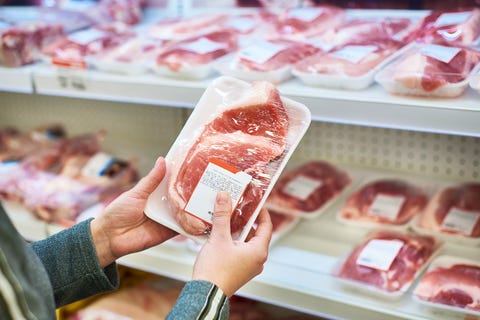
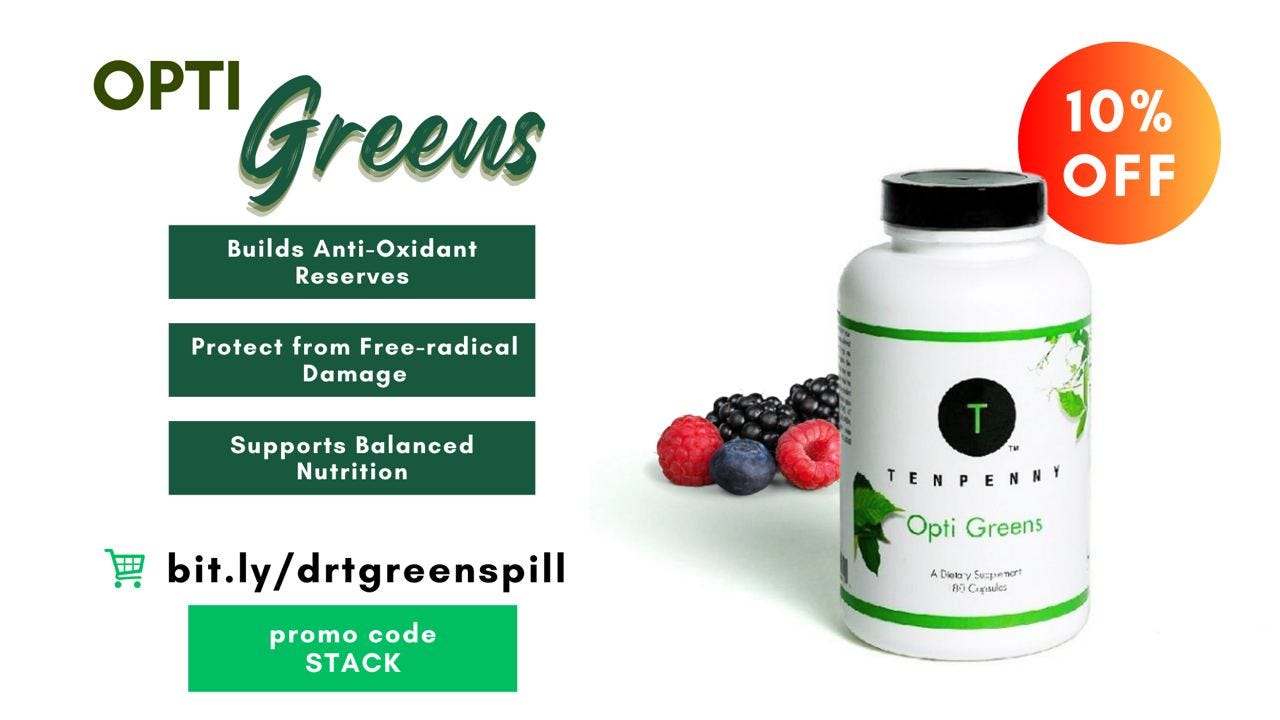
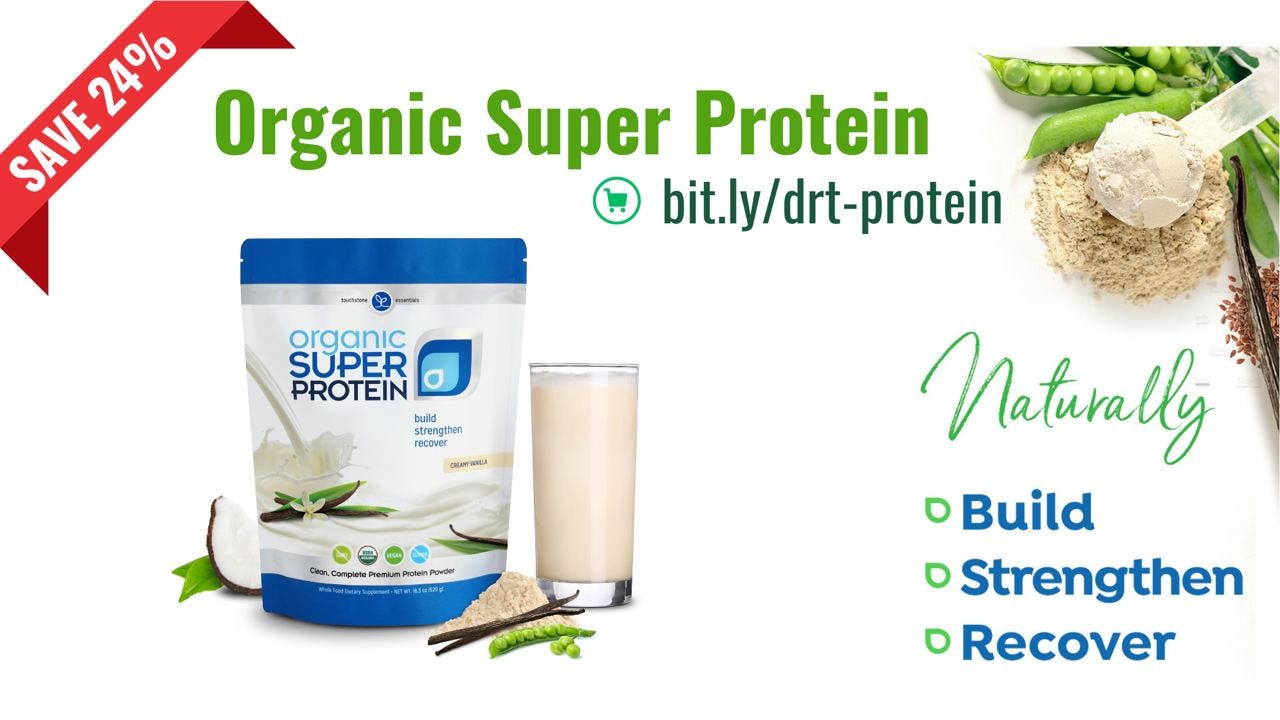
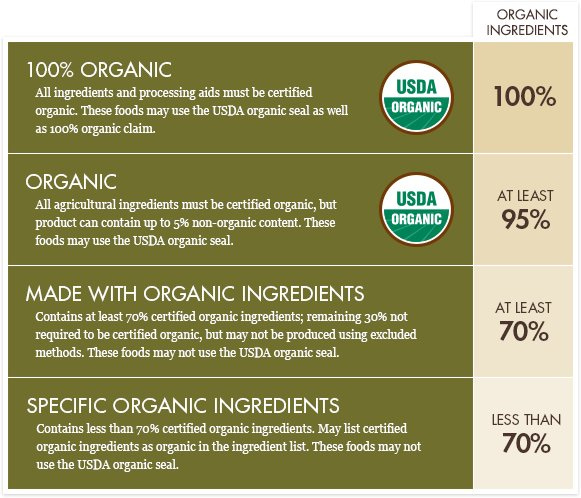
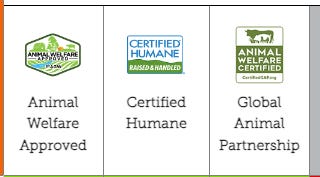
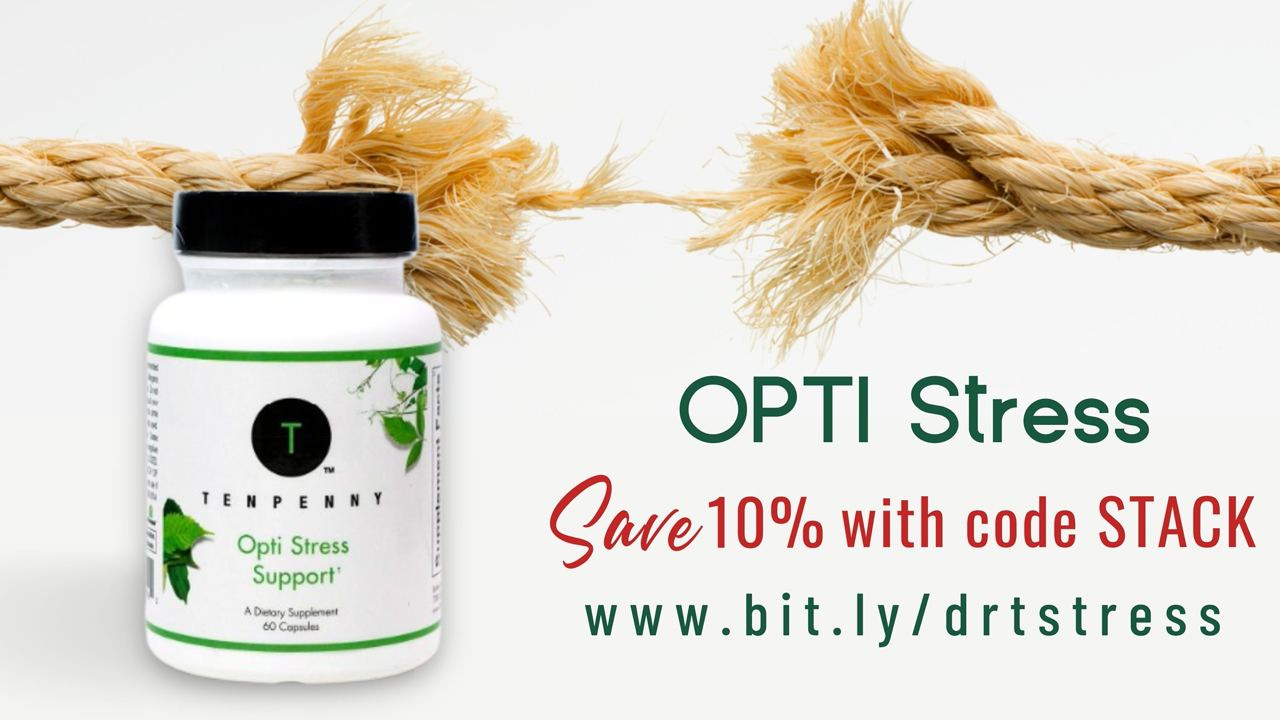
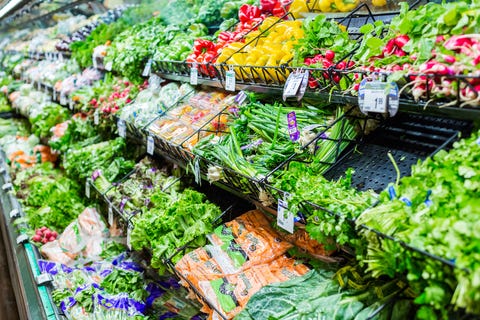

Those agencies should be eliminated, and a simple replacement should be implemented.
Those agencies are polio and do the bidding of deep state
Excellent article, Dr. T. I’ve been eating organic for over 25 years now and all most (90%) meats are bought from local farmers I’ve gotten to know within this time frame!!! Plus there are some great butchers whose opened stores that sell purely pasture raised animals, distinguishing even more so with organic pasture raised. Eating this way really makes a difference in how you feel in every way!!! So many people refuse to pay more for organic or true pasture raised, but they don’t even associate all the drugs they are in for stomach issues, headaches, sleep, etc., etc. They’ll waste money on frivolous things instead of what they eat! As they say, you are what you eat! They ignore the benefits of eating healthy versus their quality of life!